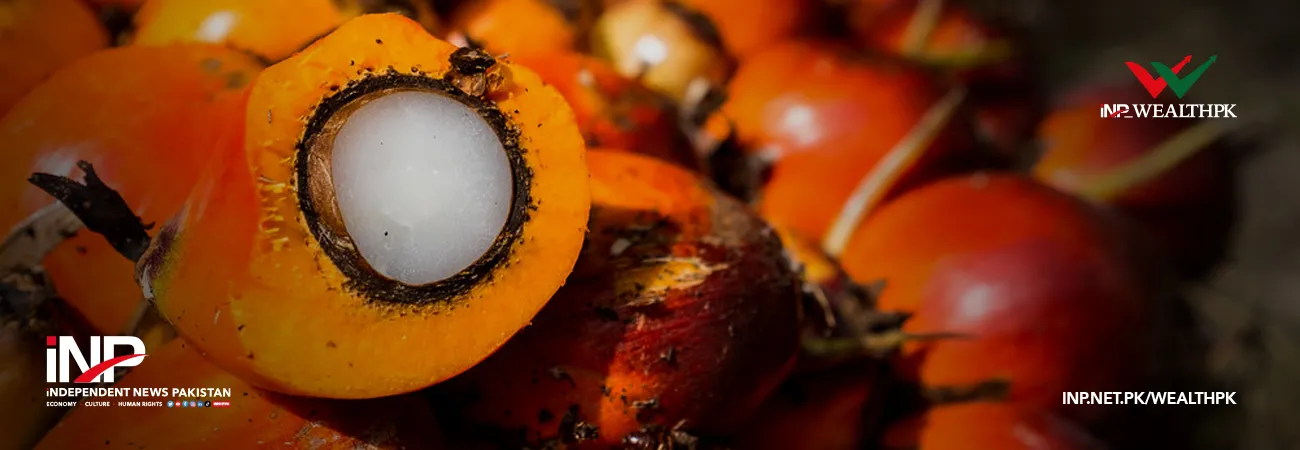INP-WealthPk
Arooj Zulfiqar
As Pakistan’s agriculture sector faces mounting challenges and untapped opportunities, strategic bank lending emerges as a pivotal tool in revitalising the industry.

“With over 60% of Pakistan’s population dependent on agriculture for their livelihoods, the sector is vital to the country’s economic stability. However, it remains plagued by low productivity, limited access to modern technology and insufficient financial resources,” says M Arshad, a senior scientific officer at the National Agricultural Research Centre (NARC). Talking to WealthPK, he said strategic bank lending tailored to the unique needs of Pakistan’s agricultural sector could provide the impetus needed to enhance productivity and sustainability. “Financial institutions play a crucial role in providing the necessary capital for farmers to invest in modern equipment, quality seeds, fertilizers and other essential inputs,” he said. Agricultural credit disbursement has seen a notable increase in recent years, yet it still falls short of the sector’s actual needs.
The State Bank of Pakistan had set a target of disbursing Rs2,250 billion for FY24 to boost credit flow into the agriculture sector, marking a 26.7% increase from disbursement of Rs1,776 billion in 2023. As of now, 47 financial institutions, including five major commercial banks, 13 medium and small-sized commercial banks, six Islamic banks, two specialised banks, and 11 microfinance banks, along with 10 microfinance institutions/rural support programmes, are providing agricultural loans to the farming community. “The development of targeted financial products designed for various segments within the agriculture sector is essential,” stresses Shahzad Amir Naveed, an agriculture sector specialist at the Ministry of Planning, Development & Special Initiatives. “For instance, small-scale farmers, who constitute the majority, often face challenges in accessing credit due to stringent collateral requirements and high interest rates.
By introducing microcredit schemes with lower interest rates and flexible repayment options, banks can empower these farmers to invest in productivity-enhancing technologies,” he said. “Moreover, specialised loan products for different agricultural activities, such as horticulture, dairy farming and fisheries, can further stimulate growth in these sub-sectors. Customised financial solutions, coupled with advisory services, can guide farmers in making informed investment decisions, thus maximising returns and reducing risks.” However, Shahzad said challenges persisted despite the promising prospects of strategic bank lending. “The high cost of credit, lack of financial literacy among farmers, and limited access to banking services in rural areas are significant barriers that need to be addressed. Collaborative efforts between the government, financial institutions and the private sector are crucial to overcoming these obstacles.”
In a recent meeting with the Pakistan Banks’ Association (PBA), Federal Minister for Finance and Revenue Muhammad Aurangzeb underscored the importance of bank financing in revitalising agriculture. He emphasised that by aligning their financial products with the needs of the agricultural sector, banks can drive economic prosperity and contribute to the nation’s food security goals. The finance minister pointed out that agriculture, along with IT and SMEs, represents a priority area for the government, and banks must step up their efforts to support these sectors. He highlighted that by offering cash-flow-based lending options and other financial tools tailored to the unique needs of farmers, banks can play a crucial role in transforming Pakistan’s agricultural landscape.
Credit: INP-WealthPk













